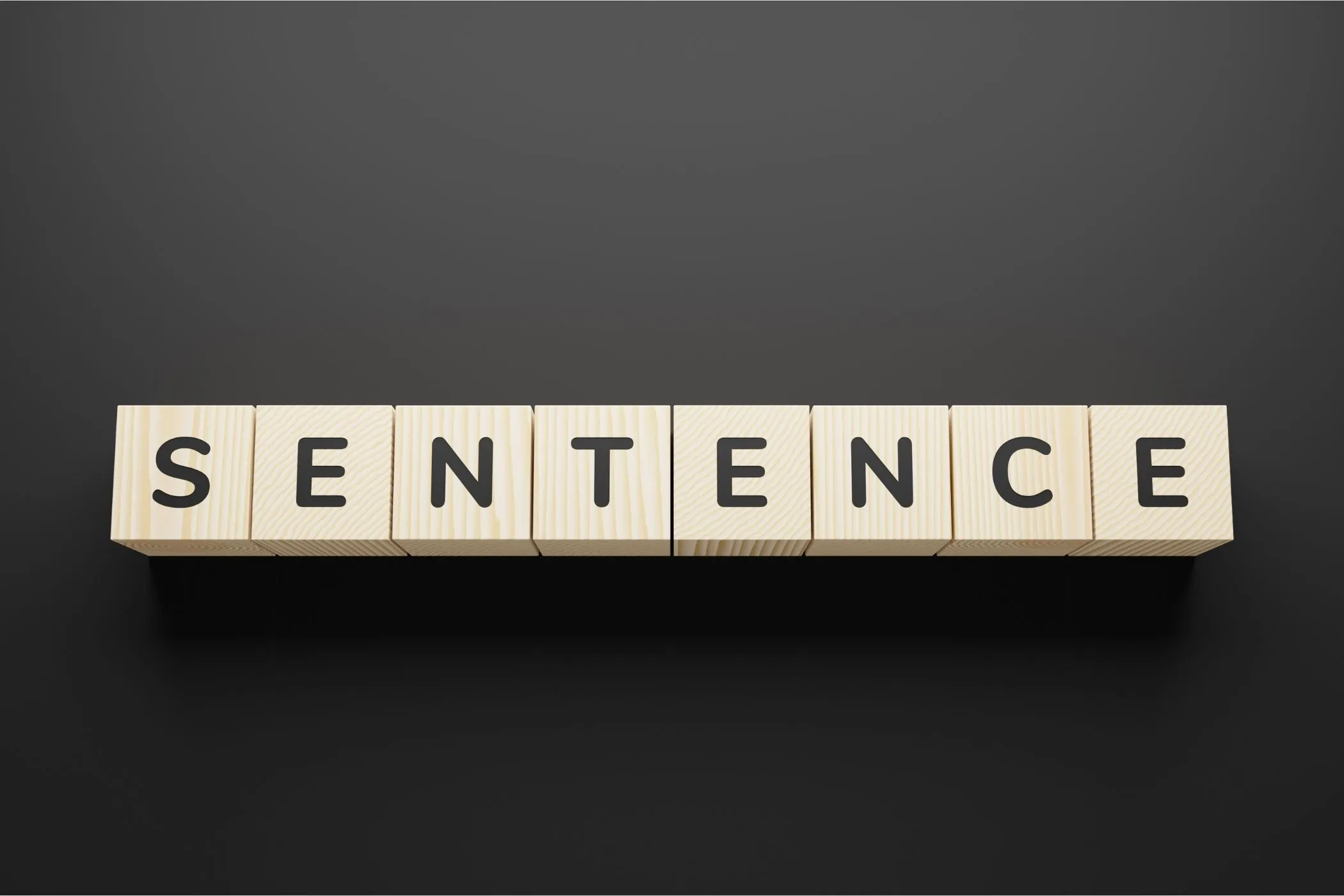Ideal Sentence Length for Web Writing (How to Keep Readers Focused)
How long should a sentence be in online writing? Discover the ideal sentence length for readability and SEO — plus how to use the Vayce Word Counter to check your writing flow and structure.
Thu Nov 06 2025 • 5 min read

When you write online, every sentence is a unit of rhythm. Too short and your text feels robotic. Too long and your reader’s attention breaks halfway through.
Finding the ideal sentence length for web writing isn’t about hitting a specific number — it’s about keeping readers awake, scrolling, and absorbing what you say. And you can measure that rhythm with a few simple tools, including the Vayce Word Counter.
Why Sentence Length Matters Online
In print, sentences can meander — clauses, commas, digressions. But on screens, attention doesn’t work that way.
Digital readers are skimmers. They scroll fast, jump lines, and mentally “chunk” information in bursts. A 35‑word sentence that might feel elegant in a book turns into an obstacle course on mobile.
Sentence length controls pace. Short sentences pull readers forward. Longer ones slow things down for emphasis or reflection. The best writing mixes both.
Think of it like breathing: short for rhythm, long for depth.
What Research Says About Sentence Length
Several readability studies have tried to quantify what “feels right.” They tend to agree on one thing: clarity declines as sentences get longer.
- The UK Government’s Digital Service recommends keeping sentences under 25 words for general audiences. Beyond that, comprehension drops sharply.
- Research on web usability shows 16–20 words as the most comfortable range for online readers.
- Readability formulas like Flesch‑Kincaid reward shorter, more direct sentences.
But these are guidelines, not commandments. Context matters. A technical article explaining encryption will naturally have longer sentences than a product landing page.
The goal isn’t to write short — it’s to write clear.
Ideal Sentence Length for Web Writing
So what’s the sweet spot? For most web content, aim for 15–20 words per sentence on average. That’s roughly the range where comprehension and rhythm stay balanced.
Here’s how it feels in practice:
Long version: “Web readers often lose focus when sentences stretch across multiple clauses, requiring them to keep too many ideas in memory before reaching the end of a thought.”
Better version: “When sentences run long, readers lose focus. Each clause adds friction.”
Shorter sentences make scrolling effortless. They give readers mental checkpoints — small wins that keep them moving.
If you write naturally long sentences, don’t panic. The trick is variation. Mix lengths intentionally. Let short ones drive momentum and long ones land the punch.
Sentence Length, Readability, and SEO
Search engines don’t measure sentence length directly. But they do measure what it causes.
When your text is readable, people stay longer. They scroll deeper. They share more. Those are signals that indirectly boost SEO.
Here’s what to remember:
- Shorter sentences improve scannability. Readers are more likely to reach the end.
- Consistent rhythm reduces bounce rate. Walls of text create fatigue.
- Readable structure helps snippet extraction. Google favors clear, distinct ideas per line.
So, does sentence length affect SEO? Not by itself — but through behavioral metrics, absolutely.
Using the Vayce Word Counter to Check Your Sentences
Your writing rhythm isn’t guesswork. It’s measurable.
Open the Vayce Word Counter and paste your text. The tool instantly shows sentence count, word count, paragraph count, and reading time.
To estimate your average sentence length:
- Take your total words.
- Divide by your total sentences.
That number — usually between 15 and 25 for web content — tells you your average sentence length.
If it’s higher than 25, scan for spots where you can split ideas. If it’s lower than 10, try combining short fragments to smooth the rhythm.
The tool helps you visualize flow without overthinking formulas. Use it once before editing to see how your structure actually reads.
Cross‑link it with your other metrics:
- Paragraph count: from Ideal Paragraph Length for Web Writing
- Word count: from Ideal Word Count for Blog Posts
Together, these metrics show how your writing breathes.
When Longer Sentences Make Sense
Not every sentence needs to be tight and snappy. Sometimes, you need length for rhythm or persuasion.
Longer sentences work when:
- You’re explaining a complex process that needs sequence and cause.
- You’re building emotional tension or storytelling flow.
- You want contrast — a long stretch after a series of short bursts.
The trick is clarity. A long sentence isn’t bad if it’s structured cleanly — logical order, minimal clauses, and clear punctuation.
Think of long sentences as slow paragraphs. They carry weight but should never feel heavy.
How to Edit for Better Sentence Length and Flow
Editing for rhythm is like tuning an instrument — it’s half math, half instinct.
Here’s a quick workflow:
- Read aloud. If you lose your breath before the period, it’s too long.
- Cut filler words. Actually, basically, definitely — they add weight, not meaning.
- Vary your lengths. Alternate 8‑word and 20‑word sentences for contrast.
- Replace commas with periods. When in doubt, split it.
- Use conjunctions purposefully. “And,” “but,” “because” are rhythm tools, not crutches.
- Check metrics. Use the Word Counter to confirm your balance before publishing.
Small tweaks compound into readability. Most great web writers edit by ear — they listen for where readers might breathe.
Final Thoughts: Sentence Structure Is Part of Your Design
Good writing isn’t just about ideas — it’s about rhythm. On the web, sentence length shapes that rhythm more than any stylistic rule.
There’s no perfect number, but there is a feeling: flow. When readers don’t notice your structure, you’ve nailed it.
The next time you edit, glance at your Word Counter metrics. You’ll see your sentences for what they are — patterns. Adjust them, and your writing will start to sound the way it should: alive.


